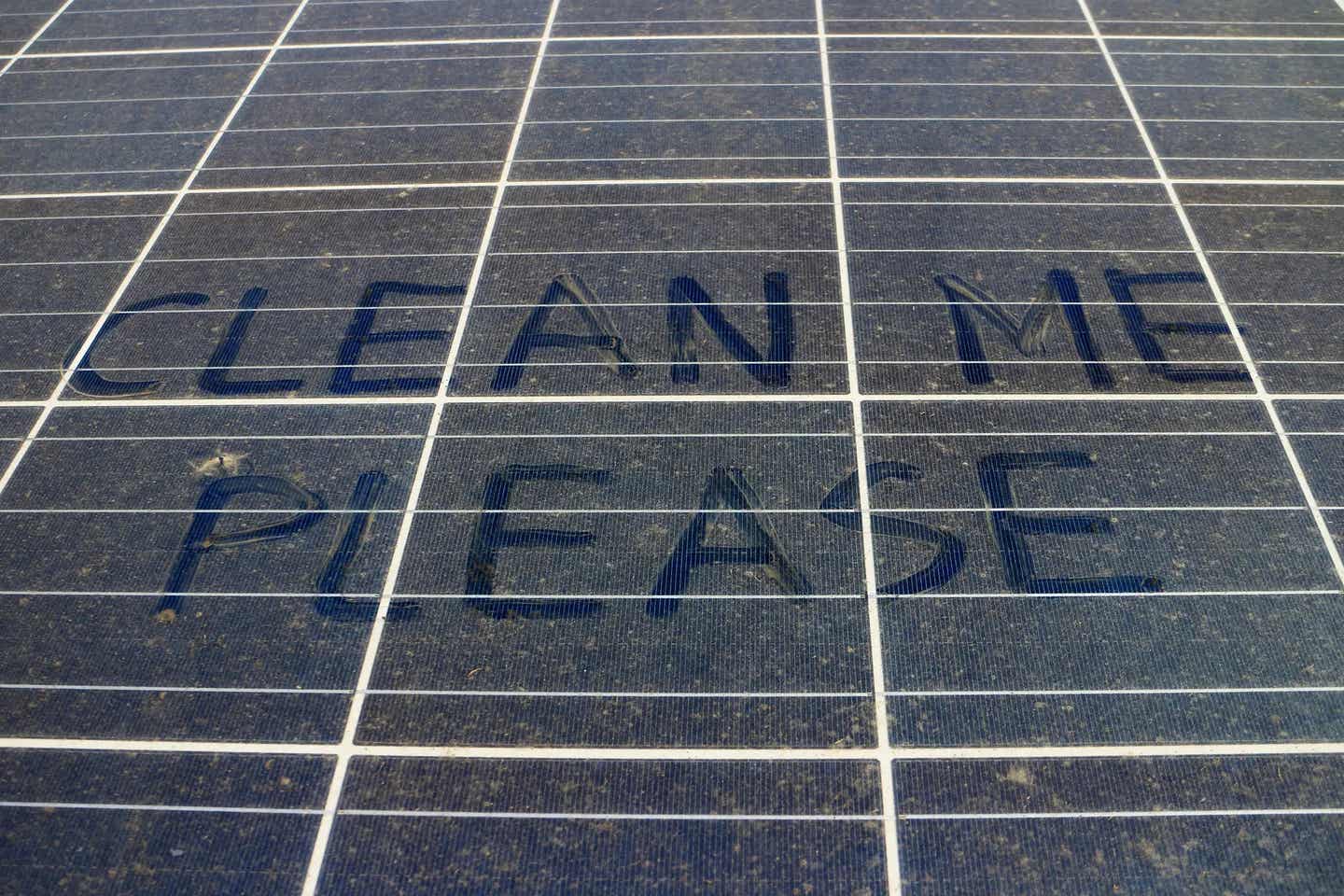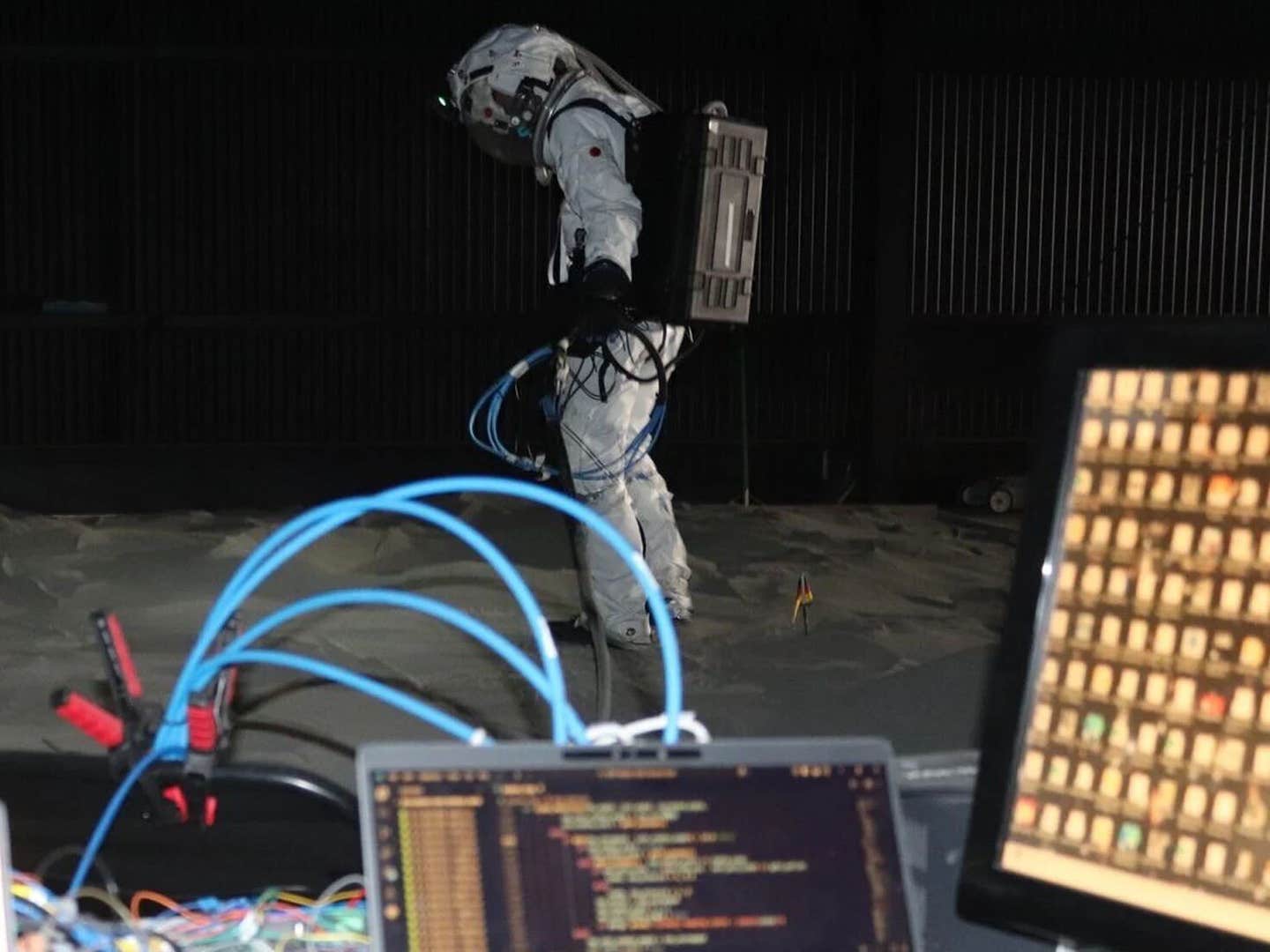Groundbreaking self-cleaning solar panels increase efficiency through wind energy
The team’s innovation utilizes a friction electrification power generator to convert wind energy into electrical power.

A research team from DGIST (Daegu Gyeongbuk Institute of Science and Technology) in South Korea has developed a novel self-cleaning device for solar panels. Led by Professor Lee Ju-hyuck, the team's innovation utilizes a friction electrification power generator to convert wind energy into electrical power.
This harvested energy then drives an electrodynamic screen, effectively preventing and removing surface contamination from solar cells, thereby maintaining optimal energy generation efficiency.
The Challenge: Maintaining Efficiency in Solar Power
Solar energy is a rapidly growing renewable energy source, lauded for its sustainability and clean power generation. However, a major challenge plaguing solar panels is the gradual decline in energy production caused by surface contamination. Dust, sand, and other airborne particles can accumulate on solar panels, acting as a barrier that reduces the amount of sunlight reaching the photovoltaic cells and hindering their ability to convert light into electricity.
Traditional cleaning methods, such as high-pressure water sprays, require human intervention. This approach becomes impractical in harsh environments like deserts, mountainous regions, or even on solar panels deployed in space.
Existing Solutions and Drawbacks for Solar Panel Cleaning
Researchers have explored alternative cleaning techniques. These alternatives include:
Electrodynamic screens. These screens utilize high-voltage alternating current (AC) to create an electric field that repels dust particles from the surface. While effective, this technology suffers from a drawback – the AC power source itself consumes energy, leading to a net loss in overall solar cell efficiency.
Water-based Cleaning Systems: These systems use water jets or sprays to clean the solar panels. They may involve automated systems that periodically spray water onto the panels to remove dust and debris. Drawbacks include the need for a water source, potential water wastage, and the possibility of mineral deposits forming on the panels over time.
Robotic Cleaners: Robotic systems are being developed to autonomously clean solar panels. These robots may use brushes or other cleaning mechanisms to remove dirt and debris. Drawbacks include the complexity and cost of developing and maintaining robotic systems, as well as the potential for mechanical failures.
Air-based Cleaning Systems: Some researchers are exploring the use of air-based cleaning systems that use compressed air or air currents to remove dust and dirt from solar panels. Drawbacks include the need for a power source to generate compressed air and the potential for airborne particles to cause damage to the panels.
Self-cleaning Coatings: Scientists are developing self-cleaning coatings that can be applied to solar panels to repel dust and dirt. These coatings may use hydrophobic or oleophobic materials to prevent dirt from adhering to the surface of the panels. Drawbacks include the cost of applying the coatings and the need for periodic maintenance to ensure their effectiveness.
Related Stories
Ultrasonic Cleaning Systems: Ultrasonic cleaning systems use high-frequency sound waves to agitate the surface of the solar panels and loosen dirt and debris. Drawbacks include the potential for damage to the panels if the ultrasonic waves are too intense, as well as the need for a power source to generate the sound waves.
Each of these techniques has its advantages and challenges, and ongoing research aims to optimize their effectiveness and feasibility for widespread implementation in the solar industry.
A Sustainable Approach: Self-Generated Cleaning Power
Professor Lee's team aimed to overcome this limitation by developing a self-sustaining system. Their innovation lies in an energy harvesting device that utilizes a friction electrification power generator. This generator essentially converts wind energy, readily available in many solar panel deployment sites, into usable electrical power.
To demonstrate the effectiveness of their design, the researchers investigated the relationship between wind speed and power output. They measured the voltage generated by the device at different rotation speeds, simulating wind variations. Their findings confirmed that higher wind speeds translated to higher voltage generation, with the device reaching a maximum output of 2,300 volts under strong winds.
Cleaning Efficiency and Future Implications
More importantly, the research team tested the cleaning efficacy of the electrodynamic screen powered by the wind-generated electricity. Their results were promising, showing that the self-powered cleaning system was able to remove at least 90% of surface contamination from the solar panels. This restored the panels' power output to near-optimal levels.
Professor Lee expressed his enthusiasm for the project's potential, stating, "This research has enabled us to develop a technology that prevents and removes surface contamination on solar cells by converting readily available wind energy into electrical energy. We are committed to further research and development to optimize solar energy efficiency, a crucial component of a sustainable future."
This innovative self-cleaning system by the DGIST team offers a promising solution to the challenge of maintaining solar panel efficiency. By harnessing wind energy and using it to power an electrodynamic screen, the technology eliminates the need for external power sources and human intervention. This development paves the way for a more sustainable and efficient future for solar energy generation.
More Information : Minsu Heo, Junyeong Yang, Bosung Kim, Cheoljae Lee, Hyosik Park, Soo-Kwan Kim, Jongsung Lee, Seongho Son, Jeongnam Cheon, Jongmin Choi, Wanchul Seung, Sang-Woo Kim, Ju-Hyuck Lee, Self-powered electrodynamic dust removal for sustainable solar panels using triboelectric nanogenerators, Nano Energy, Volume 121, 2024.
For more science news stories check out our New Innovations section at The Brighter Side of News.
Note: Materials provided above by The Brighter Side of News. Content may be edited for style and length.
Like these kind of feel good stories? Get the Brighter Side of News' newsletter.



